Perhaps unsurprisingly, our top folding bike choice comes from the pretty much ubiquitous British success story that is Brompton. This one is six-speed, has 16" wheels with tough puncture-resistant tyres and the folding mechanism is unchanged.
The C Line Explore weighs 12.1kg, is pretty easy to fold after a couple of goes (it should take the average Brompton user around 20 seconds) and is understandably a very popular option amongst commuters because of the impressively compact fold, perfect for those who frequent busy trains. As we've mentioned already, this version also comes kitted out with a generous six gears which your legs will surely be grateful for on inclines; though if your commute is flatter and you don't need the extra range, the 2-speed C Line Urban or 3-speed C Line Utility might suffice.
Aesthetically it’s hard to deny that a Brompton is one of the best-looking folding bikes money can buy, with our reviewer describing it as it's "the ultimate commuter [that] can do so much more." Additionally, there is also the option of nine different colours for this model. Although that doesn’t affect the ride quality, reflecting your individual style is always important when you're making a considerable two-wheeled investment.
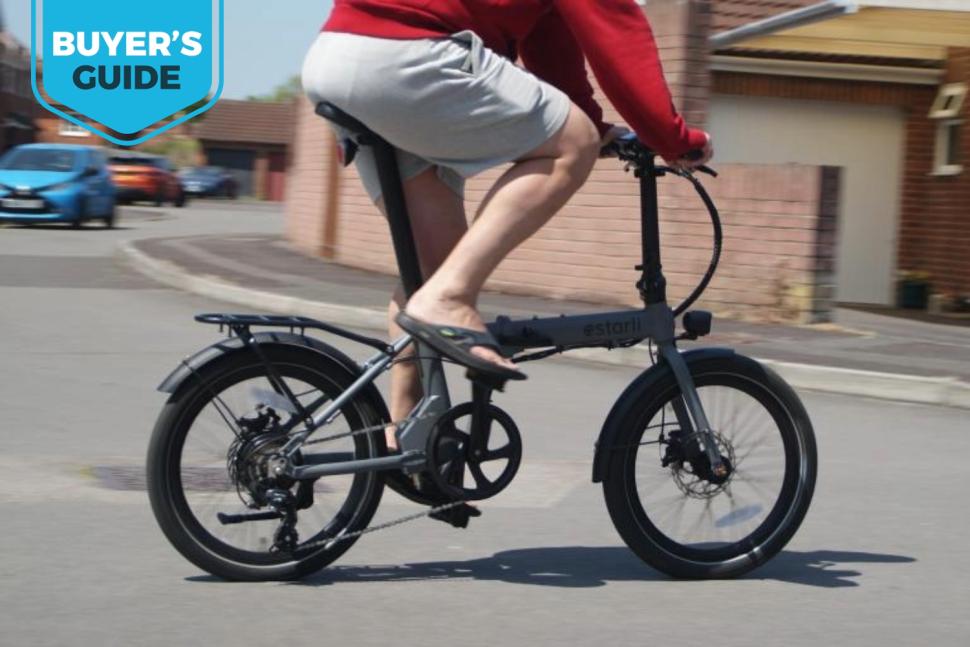








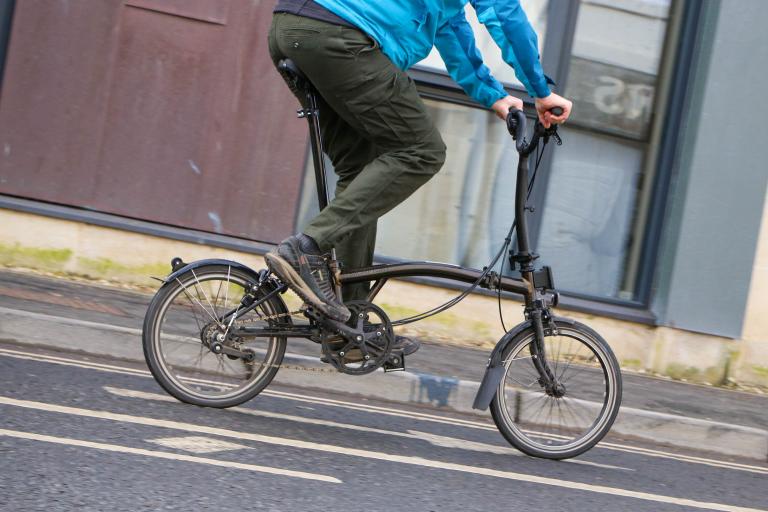
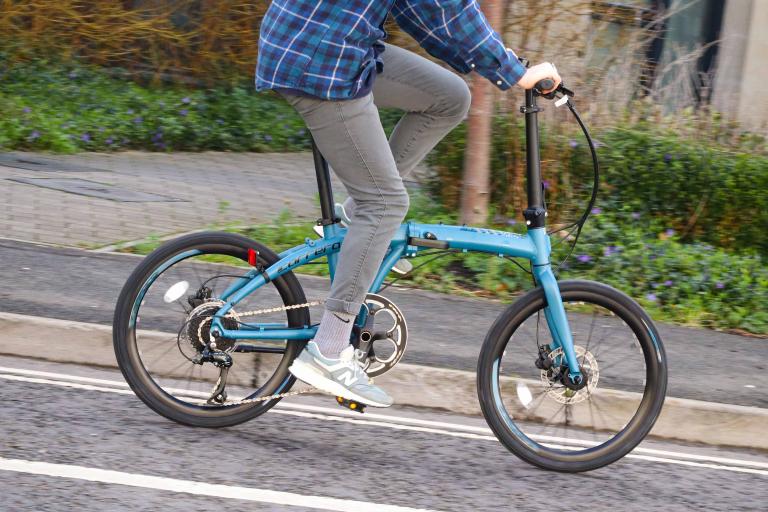
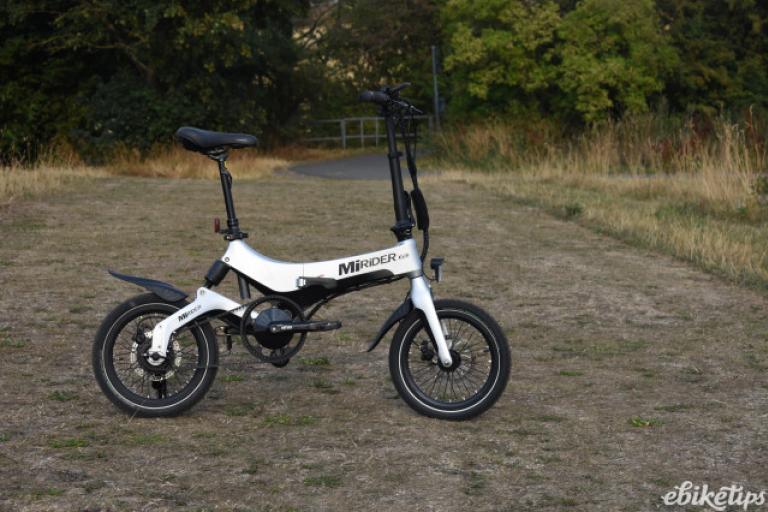
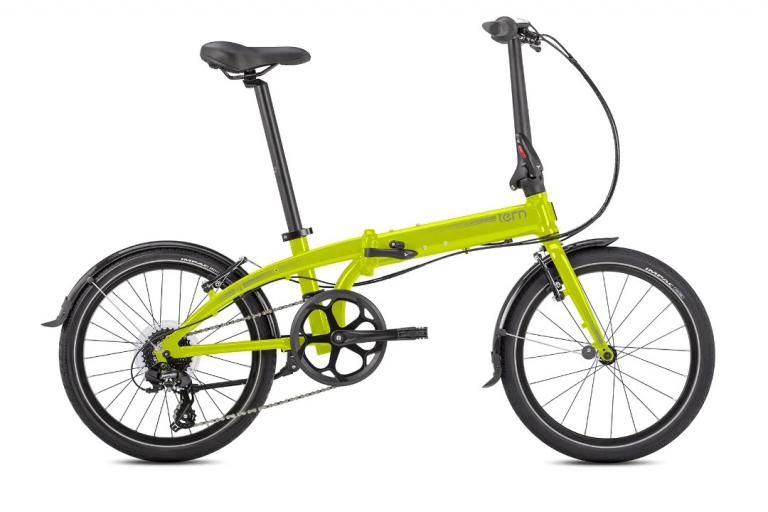
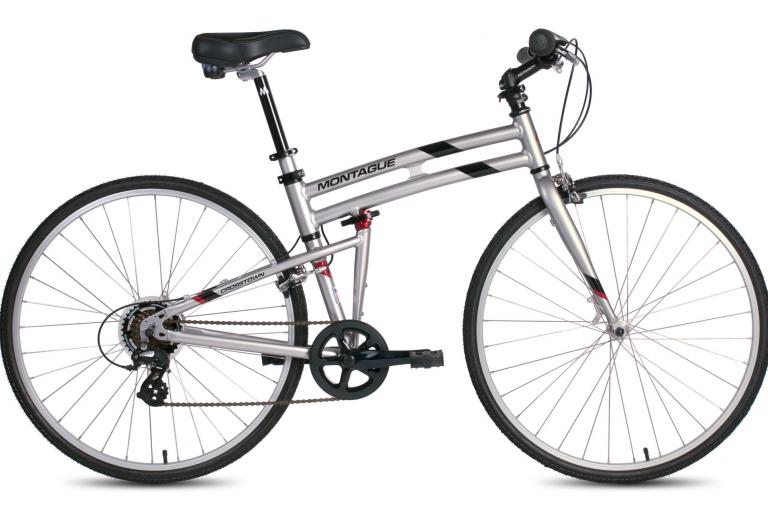
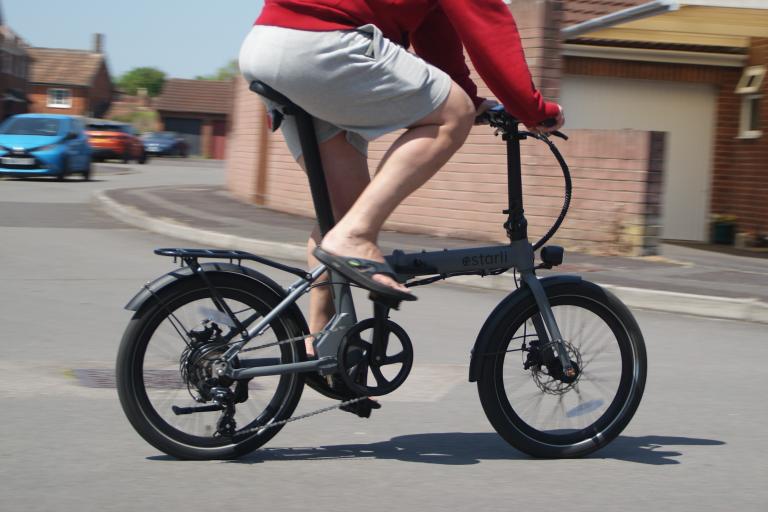
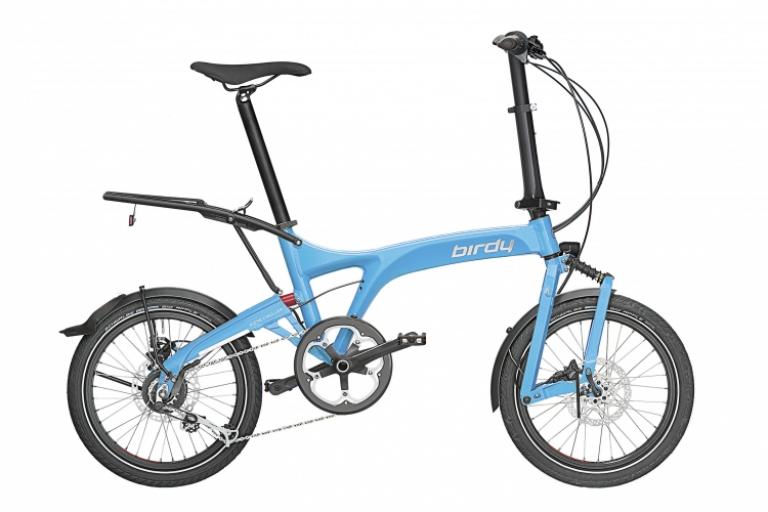
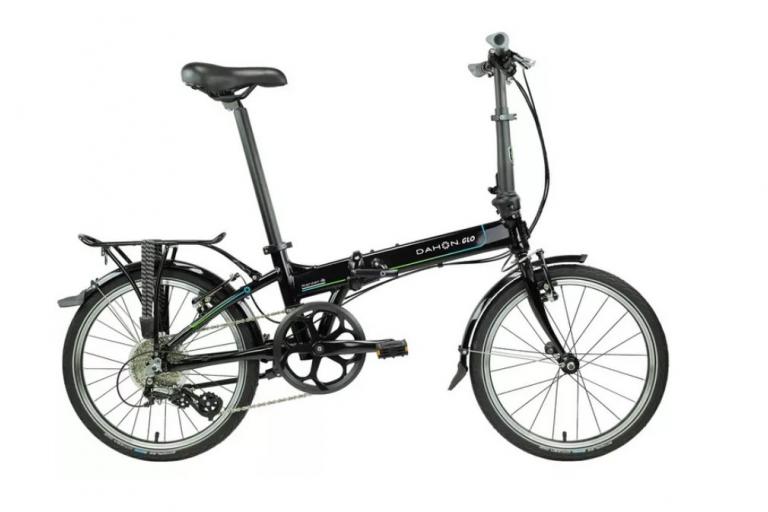
Add new comment
20 comments
strange you still doing mention decathlon's range of folding bikes, much cheaper than these and very good....
single speed folding bike - £199
geared folding bike £250, £330
elevtric single speed folding £800
strange you still don't mention decathlon's range of folding bikes, much cheaper than these and very good....
single speed folding bike - £199
geared folding bike £250, £330
elevtric single speed folding £800
It's an odd one, purchasing a folder.
Why? Because you have to work backwards with your decision making. Your choice is determined by what you want to do with it, arguably more than any other urban bike. Here's some of the questions I asked myself before I ended up with a Tern Link.
Taking it on the train/underground?
Putting it in the car?
Do you need to store it under your desk at work?
How long and bumpy will the commute be?
Do you fancy doing summer touring on it, together with public transport?
Will you be using it in all weathers? Do you normally use full size panniers?
How tall are you? (The Dahon and Tern folders can be really cramped and twitchy for a bigger rider)
Is retained value important to you? The Brommies hold their value like nothing else, a lightly-used Tern or Dahon will be available for 40% RRP.
The Best Budget, halfords, bike here has a better spec than the Best Mid-range, Tern Bike. With 9 Speed Sora on the Carrera vs 8 Speed Tourney on the Tern. The Carrera has disk brakes too (cheaper rim brakes on Tern) and is slightly lighter.
The new one from Priority looks like a great deal for a belt drive folder.
https://www.prioritybicycles.com/products/folder
I'm tempted by a Tern S8i - same Gates belt drive but higher all round spec (and price, sadly). I like that the whole spec is aimed at commuting convenience. No lights to charge or forget (hub dynamo), rack and mudguards included, no oily bits, and it folds. But it does cost a lot. Be nice if road.cc could test one!
https://www.ternbicycles.com/uk/bikes/472/verge-s8i
the decathlon folding bikes are great and a lot cheaper than these
A point worth noting is that folders with 20" wheels will typically be able to use a very broad range of tyre choices. You can get some really good 20" tyres from the likes of Maxxis, Tioga and Michelin to suit a range of riding conditions as many of us BMXers know. I'm curious when Brompton will recognise this and offer a model with a 20" wheel TBH.
I've ridden a few Bromptons over the years and I do admire the engineering and build quality, while the ride isn't bad either. But they are expensive and the wheel size does limit tyre options. If I was buying a folder, I'd want a 20" wheel as that offers a better range of tyres and can still fold down to a compact size.
folders with 20" wheels will typically be able to use a very broad range of tyre choices
This is true with 20" ERTO 406 tyres- but if, like the Halfords Intercity, you have 451 rims you are very restricted and the 451 20 x 1 3/8 that come on the bike are badly made. You can't get replacement tyres as wide anywhere. The saga is here
website behaving badly here at present- duplicate post
another duplicate
Difficulty in gettting hold of parts for my dahon vitesse d8 is a real issue for me, though the bike itslef is a good bike. I think brompton are much better in making their parts available. Does anyone know of any good fold up parts suppliers except holland bike shop, brillant bikes and c h white. I'm really struggling to get a 52 teeth chain ring guard. Thanks
Which is it then?
Is £450 really a budget price? Why not any of the BTwins (some under £200)?
I'm surprised Brompton haven't got discs yet.
I'm surprised Brompton haven't got discs yet
Yes, I suspect they're already planned- they'll be forced to offer them
I'd suspect discs would need wider wheel axles, which would interfere with the fold. Probably the same reason they have not offered an 8-speed Shimano hub, etc.
Kinetics in Glasgow modify Bromptons. Their offerings include disc brakes, hub gears, belt drive and 20" wheels. It can all be done, but Bromton choose not to.
Indeed, as andystow mentioned a while back. But all these mods detract from "the fold", which is what makes a Brompton a Brompton. Of course Brompton could do it - as so many other manufacturers do. But in neither case would the result be "a Brompton" other than in name. Now, if Brompton could find a way to include an 8-speed hub gear, Gates drive & disc brakes without compromising on their USP, that would be a different matter.
I bought a Brompton, my first, a couple of months ago, and I find their stock brakes to be fantastic, even in the wet. When braking becomes less than fantastic as the pads age, I'll replace the pads with Kool Stops.
This guy sells a front disc conversion kit starting at £430, and says the fold is "just a bit wider."
https://www.kinetics-online.co.uk/folding-bikes/brompton/brompton-disc-b...
Some great stuff there - not sure how much original Brompton would be left if you went through all their upgrades though!